Can you help this camellia?
jacqueline9CA
11 years ago
Related Stories

MOST POPULAR9 Real Ways You Can Help After a House Fire
Suggestions from someone who lost her home to fire — and experienced the staggering generosity of community
Full Story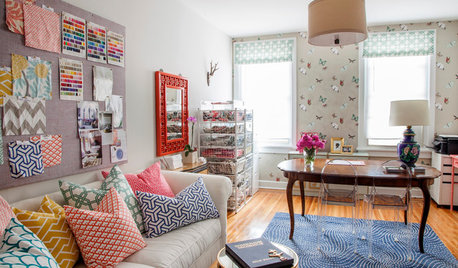
STUDIOS AND WORKSHOPSYour Space Can Help You Get Down to Work. Here's How
Feed your creativity and reduce distractions with the right work surfaces, the right chair, and a good balance of sights and sounds
Full Story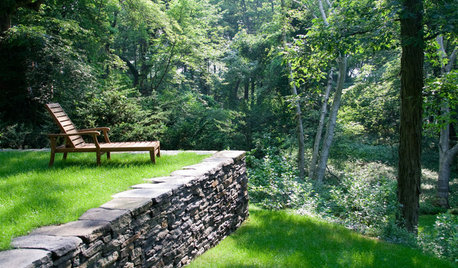
LANDSCAPE DESIGNWhat the Heck Is a Ha-Ha, and How Can It Help Your Garden?
Take cues from a historical garden feature to create security and borders without compromising a view
Full Story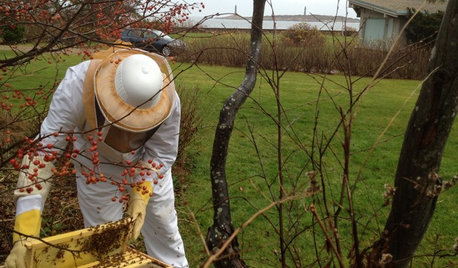
LIFEYou Said It: ‘You Can Help Save the Bees’ and More Houzz Quotables
Design advice, inspiration and observations that struck a chord this week
Full Story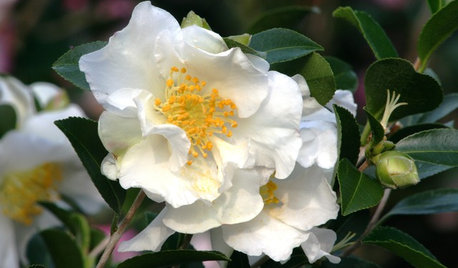
FLOWERSGreat Design Plant: Sasanqua Camellia
Pretty fall flowers belie this plant's hardworking nature and relative tough attitude toward disease
Full Story
REMODELING GUIDES8 Tips to Help You Live in Harmony With Your Neighbors
Privacy and space can be hard to find in urban areas, but these ideas can make a difference
Full Story
GARDENING GUIDESYes, You Can Grow Food in a Shady Yard
Your shady garden doesn’t have to be forever barren. Berries, herbs and other shade-loving plants can produce a delicious bounty
Full Story
FALL GARDENING5 Fall Fruits You Can Grow in Containers
Brighten your porch or patio with a potted pomegranate, kumquat, blueberry bush or another great fall fruit
Full Story
ORGANIZINGDo It for the Kids! A Few Routines Help a Home Run More Smoothly
Not a Naturally Organized person? These tips can help you tackle the onslaught of papers, meals, laundry — and even help you find your keys
Full Story
ARCHITECTUREHouse-Hunting Help: If You Could Pick Your Home Style ...
Love an open layout? Steer clear of Victorians. Hate stairs? Sidle up to a ranch. Whatever home you're looking for, this guide can help
Full Story





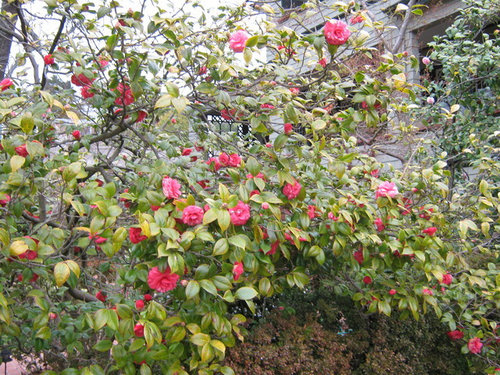
luis_pr
jacqueline9CAOriginal Author
Related Professionals
Glassmanor Landscape Architects & Landscape Designers · Jennings Landscape Architects & Landscape Designers · Parole Landscape Architects & Landscape Designers · Towson Landscape Architects & Landscape Designers · Boca Raton Landscape Contractors · Las Vegas Landscape Contractors · Lemont Landscape Contractors · Longmont Landscape Contractors · Lorain Landscape Contractors · Mission Landscape Contractors · New Braunfels Landscape Contractors · Riverhead Landscape Contractors · Rosemount Landscape Contractors · San Rafael Landscape Contractors · North Aurora Landscape Contractorsluis_pr
jacqueline9CAOriginal Author
luis_pr
luis_pr
jacqueline9CAOriginal Author
luis_pr
jacqueline9CAOriginal Author
luis_pr
karoloke
luis_pr